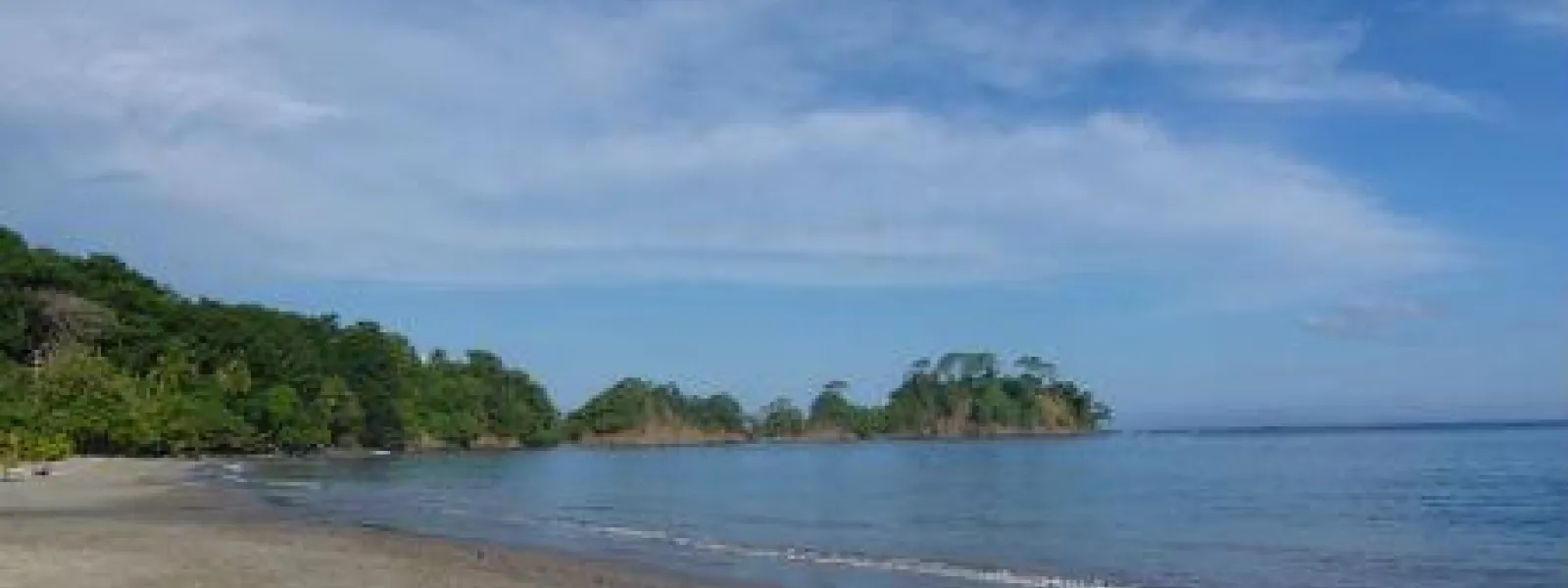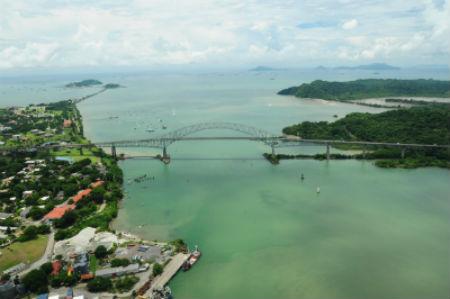
Costa Rica, Panama and Mexico: Lots of tourism, little sustainability
By Sandra Moguel, legal advisor, AIDA, @sandra_moguel
Sun and sand tourism is one of the fastest growing economic sectors in the Americas. Indeed, an increasing number of foreigners, mostly Americans and Canadians, are opting to retire to beaches in Latin America. Mass tourism is having a negative impact on the region’s coasts and oceans. In this post, I’ll talk about what’s happening in Costa Rica, Panama and Mexico.
Ecotourism and social problems
Since the late 1980s, Costa Rica has become known for promoting a successful ecotourism industry. Leisure travel is now the country’s leading foreign exchange earner. According to official data, international tourism increased sixfold and the gross income it generated shot up twelvefold between 1986 and 2005. Thanks to ecotourism, Costa Rica nets over USD $1,000 per tourist today.
But it’s not all icing on the cake. Despite its sustainable tourism fame, Costa Rica has fallen into the temptation of building massive resorts that feature “all-inclusive” services and end up causing a number of social problems.
When mass tourism is prioritized, the results are mass displacements of people from their homes, unequal wealth distribution and a shortage of public services like energy supplies and garbage collection. Local populations also face a loss of identity, greater competition for resources like clean water and access to the beach, not to mention environmental damages.

Panama Bay
Like Costa Rica, Panama is not without its problems. The country’s environmental and tourism policies undermine the rights of indigenous communities and harm the environment. Demonstrating the power and determination of the tourism industry, a group of developers seeking to build mega-resorts in the protected area of Panama Bay have filed several lawsuits questioning the legality of a decree declaring the protected status of this ecosystem. In 2012, AIDA worked with its Panamanian partners to defend the bay, which so far has maintained its protected status.
Mexico and competitive tourism
In 2011, 22.3 million foreign tourists visited Mexico, contributing USD$1.18 billion to the economy, according to the United Nations World Tourism Organization (UNWTO). Mexico was ranked 43rd in the world for its potential to attract new tourism investment in 2011, according to the World Economic Forum’s Travel & Tourism Competitiveness Report. Under the leadership of Felipe Calderón, who served as president between 2006 and 2012, efforts were made to raise Mexico’s profile as a global tourism destination and policies were implemented to create a more sustainable and competitive tourism industry.
Despite the start of these policies and the approval of the General Tourism Law, Mexico’s plan to boost tourism numbers is wanting. For example, the law doesn’t have regulations that detail the new figures it has created, nor does it provide legal certainty to investors or the local communities about their involvement in making decisions about where they live. 
Research on Mexico’s tourism industry has found that authorities are failing in their responsibility to protect the environment. In its report Alternative Development Models and Good Practices for Sustainable Coastal Tourism: A Framework for Decision Makers in Mexico, The Center for Responsible Travel (CREST) found the country’s chief tourism bodies, the Secretary of Tourism (SEMARNAT) and the National Tourism Development Fund (FONATUR), in many cases did not follow international best practices for sustainable tourism, approving resorts that have caused social and environmental damage including in the use of energy generated from the burning of fossil fuels.
The destruction of mangroves, wetlands and coral reefs not only negatively affect Mexico’s competitiveness as a tourist destination, but these bad practices also demonstrate that the country is failing to meet its international obligation to reduce greenhouse gas emissions to combat climate change.
For these reasons AIDA and Earthjustice, working as partners to represent 11 civil society organizations, submitted a citizen petition to the Commission for Environmental Cooperation (CEC). In the petition, we denounced the Mexican government for not properly implementing its environmental legislation to evaluate the environmental impacts of planned mega resorts on the Gulf of California. This suggests that the government may have skirted important safeguards in order to attract more investment to the country, and thereby creating – possibly unfairly – competition with its trade partners, the United States and Canada.
 In large-scale tourism, local communities are generally not properly consulted during the planning stages of mega resorts and their development model. The WTO Global Code of Ethics for Tourism states that tourism professionals, particularly investors, “should deliver, with the greatest transparency and objectivity, information on their future programs and their foreseeable repercussions and foster dialogue on their contents with the populations concerned.”
In large-scale tourism, local communities are generally not properly consulted during the planning stages of mega resorts and their development model. The WTO Global Code of Ethics for Tourism states that tourism professionals, particularly investors, “should deliver, with the greatest transparency and objectivity, information on their future programs and their foreseeable repercussions and foster dialogue on their contents with the populations concerned.”
Mass tourism developments typically bring with them new hydropower plants, highways, airports and other major infrastructure projects. These do not necessarily favor the interests of local communities. In Resolution XI.7, the Ramsar Convention, an international treaty that protects wetlands of international importance and of which Mexico, Panama and Costa Rica are signatories, it is stressed that there is a need to implement closer collaboration between the tourism and conservation sectors and the rational use of the wetlands in order to maximize and sustain the long-term benefits derived from the expertise of each sector.
It is worth noting Ramsar’s proposal because it shows the inconsistencies between environmental and tourism policies. An example of successful environmental and tourism management is Argentina, where the two sectors complement each other through close coordination. The country’s National Parks Administration (APN) is a public body that functions under the aegis of the Ministry of Tourism. The infrastructure of bathrooms, visitor centers, signage and marked pathways reflects the sustainability of the business plan and management of tourism sites.
There still is a great deal of work to be done to achieve sustainable tourism in Latin America. Great strides can be made if we strengthen tourism and environmental policies and establish methodologies for public consultation that foster community involvement.
Sandra Moguel

Sandra Moguel is Mexican and was an attorney with AIDA's Ecosystems Program. She is a graduate of the National Autonomous University of Mexico and holds a Master's degree in Environmental Law from the University of Auckland, New Zealand. Sandra has more than 15 years of experience in environmental research and litigation, primarily in wetlands and fisheries protection issues in both civil society organizations and the public sector.
